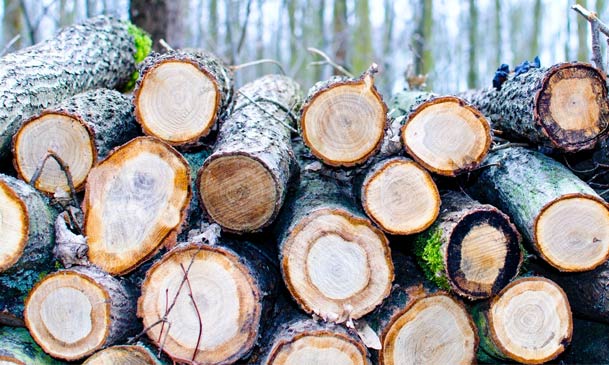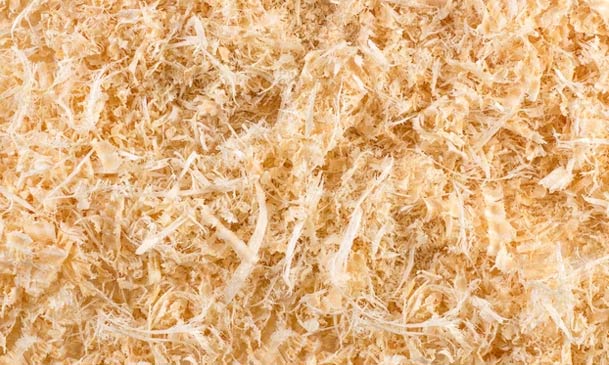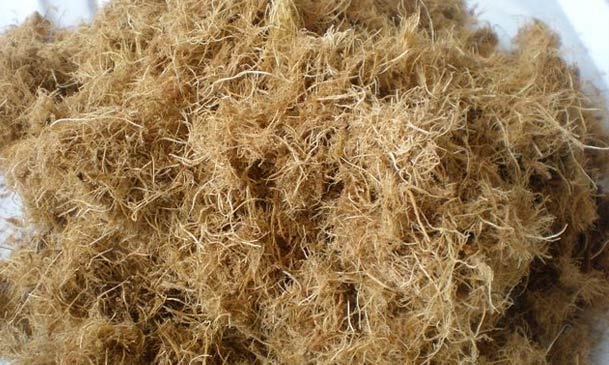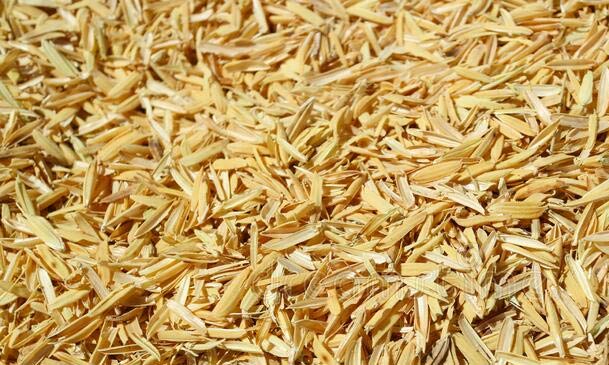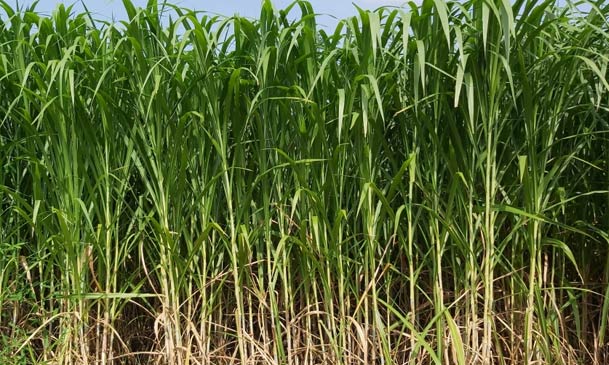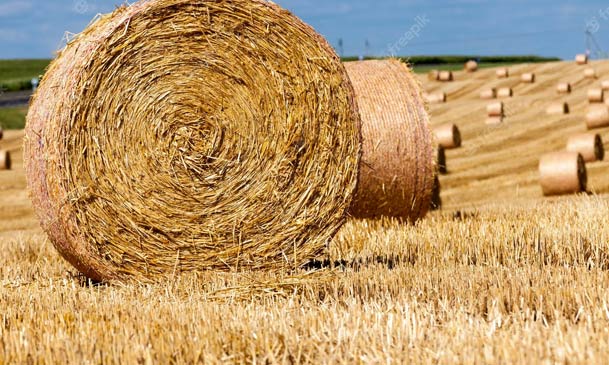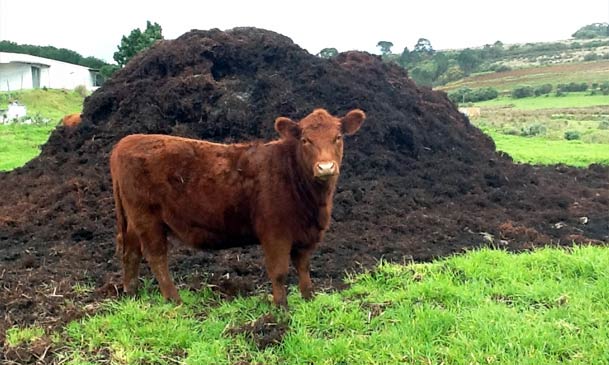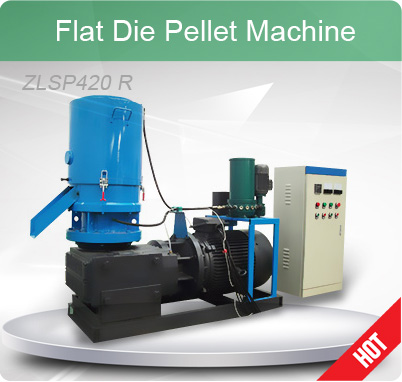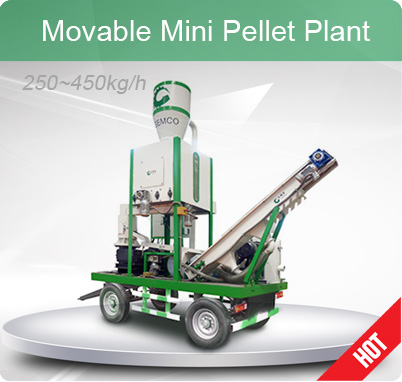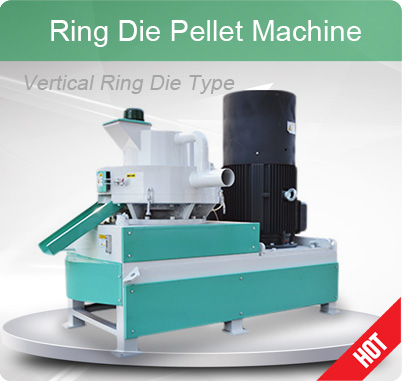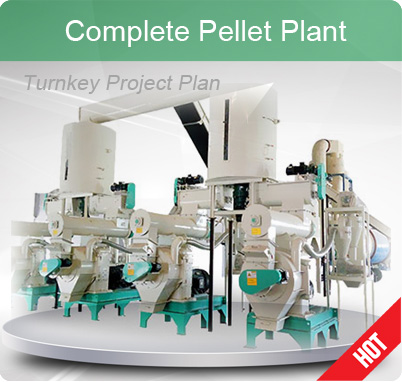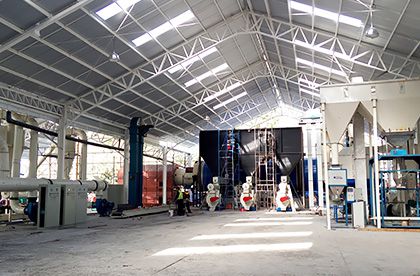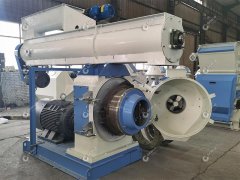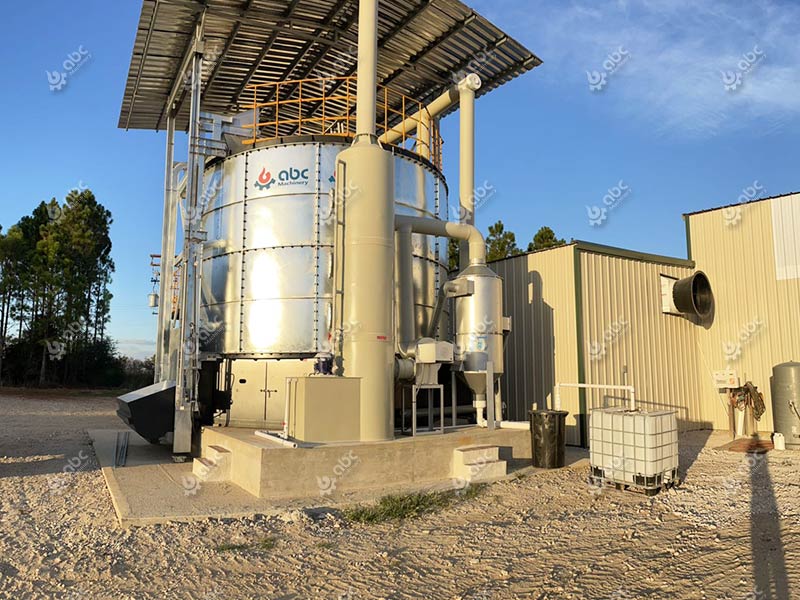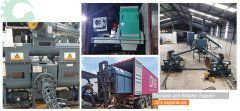pelletizing possibilities: maximizing biomass potential
In this column, we will provide a complete guide on how to make pellets from various biomass materials, including pelletizing process, required biomass pelletizing machinery and benefits of pelletizing these materials. Here also provides practical methods and solutions for different problems occur in the actual operations.
- Explore Top-Quality Rice Husk Pellet Machines for Sale
- Mastering Sawdust Pelletizer Machines: Efficient Pellet Production
- Effortless Pellet Production: Softwood Pellet Machine for Easy Fuel Making
- Eco-Friendly Straw Pellet Making: A Sustainable Solution with GEMCO
- Efficient Pellet Making Solutions Turns Gaint Miscanthus Grass into Fuel
- How to Make Premium Hardwood Pellets for Optimal Performance
- Biomass Energy at Your Fingertips: The Power of Wood Pellet Machines
- Unlocking the Potential of Palm Waste: The Role of EFB Pellet Mills
- From Grass to Green Energy: How Elephant Grass Pellet Mills Lead the Way
- Say Goodbye to Waste: Manure Pellet Machine for Sustainable Agriculture
Biomass pelletizing technology is to press all kinds of originally scattered and no certain shape biomass materials after drying and crushing, into a certain shape and density of various kinds of forming fuels under the action of certain temperature and pressure. The density of biomass pellets can be 0.8-1.4 g/cm3 and with a calorific value of 16,720 kJ/kg. The performance of biomass pellets is better than wood, equivalent to medium quality bituminous coal, so it can be burned directly. In addition to improved combustion property, it has the advantages of less black smoke, high fire power, full combustion, no flying ash, clean and sanitary, and very trace emission of nitrogen oxides (NOx) and sulfur oxides (SOx), etc. Moreover, it is easy to be transported and stored, and becomes a commodity, and can be used to replace coal in boilers for direct combustion for power generation or heat supply.
Raw Materails Suitable Biomass Pellets Making
Pellets can be made from a variety of biomass waste or residues. The most common raw materials that are widely used for commercial or home use biomass pellet making are:
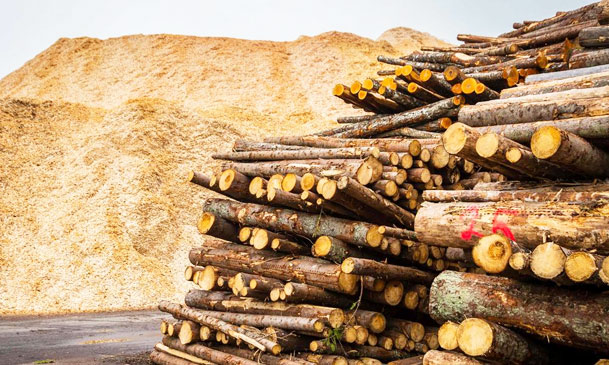
Untreated Lumber
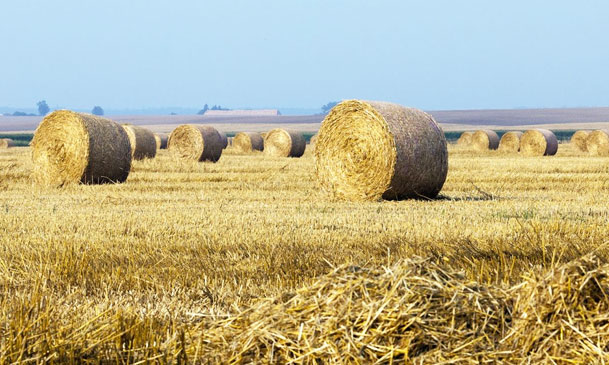
Agricultural Residues
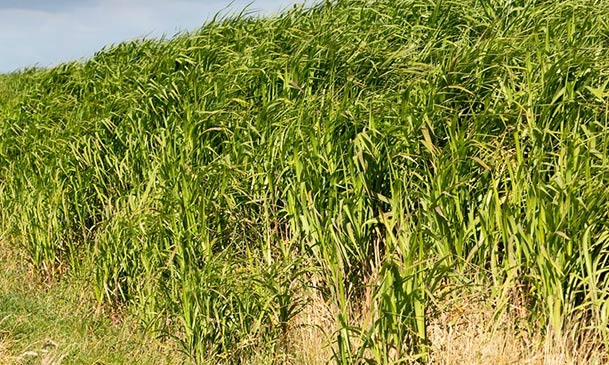
Energy Crops
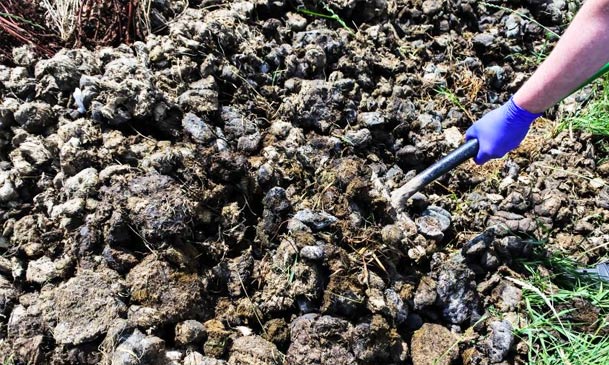
Other Waste
- ⇢ Untreated Lumber: wood chips, wood shavings, eucalyptus, beech, branches, palm tree, hemp tree, etc.
- ⇢ Agricultural Residues: straw, rice husk, bagasse, coffee ground, cotton stalk, bamboo,
- ⇢ Energy Crops: elephant grass,
- ⇢ Other Wastes: animal manure (horse manure, chicken manure, cattle manure), etc.
Increasing Demand for Biomass Pelletizing Business
The European and American governments have implemented stringent regulations on carbon dioxide output, which is anticipated to stimulate the worldwide biomass pellets industry and provide more chances for biomass pelleets producers. Moreover, Biomass pellets are becoming increasingly popular due to their low moisture levels and the high demand among producers and distributors. The findings of the biomass pellets market trends report suggest that many customers are drawn to the advantages of biomass pellets, such as its high burning efficiency, low moisture content, and lower density, which brings more business opportunities for biomass pellet making.
GEMCO-Energy: Your One-Stop Solution for Biomass Pellet Production
GEMCO-Energy, as a leading supplier for biomass pellet machinery, provides complete solutions for biomass pellet production, including pelletizing equipment, factory design, equipment installation and commissioning. Our team of experts can help you select the best equipment and design for your specific needs and investment cost, and provide ongoing support to ensure the success of your pelletizing business. Contact us today for a FREE consultation.

